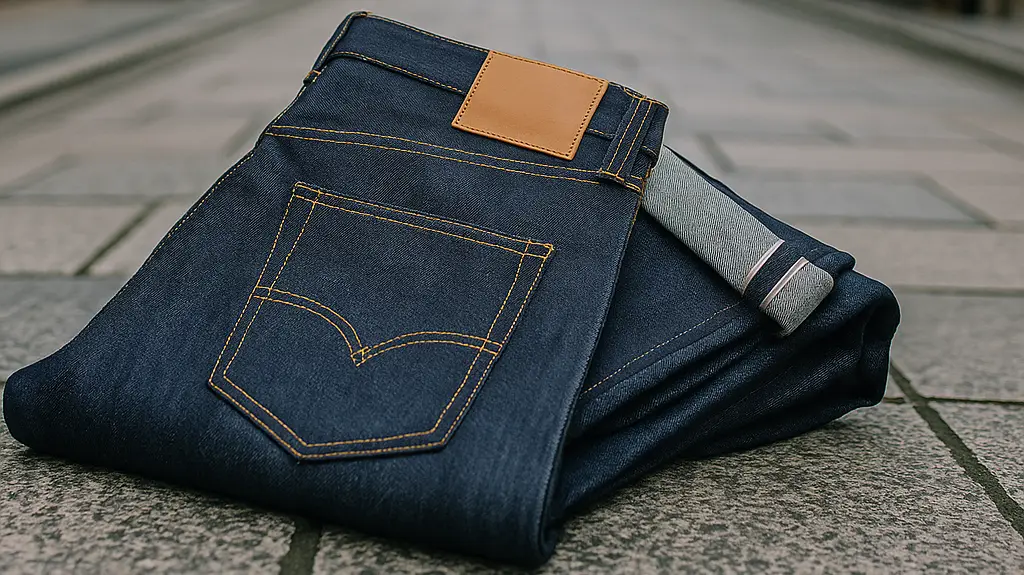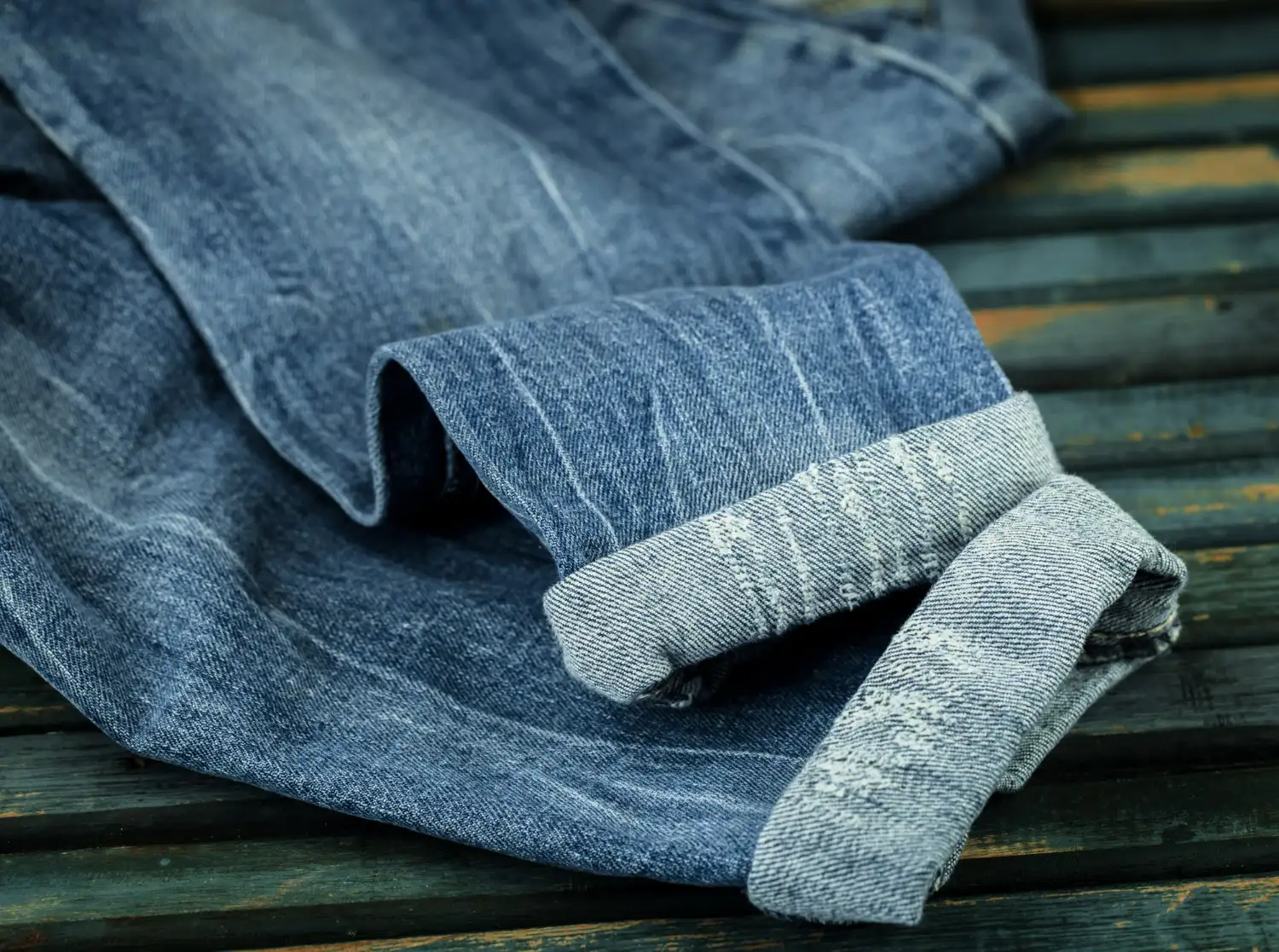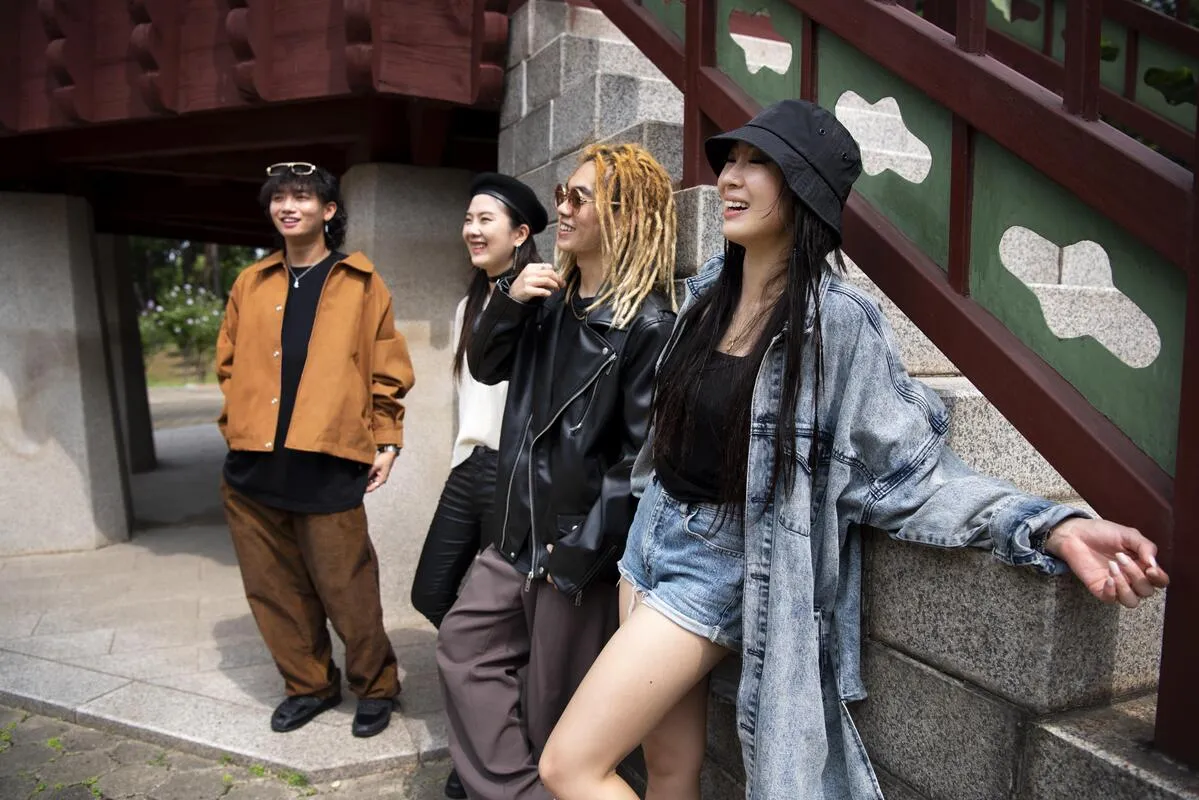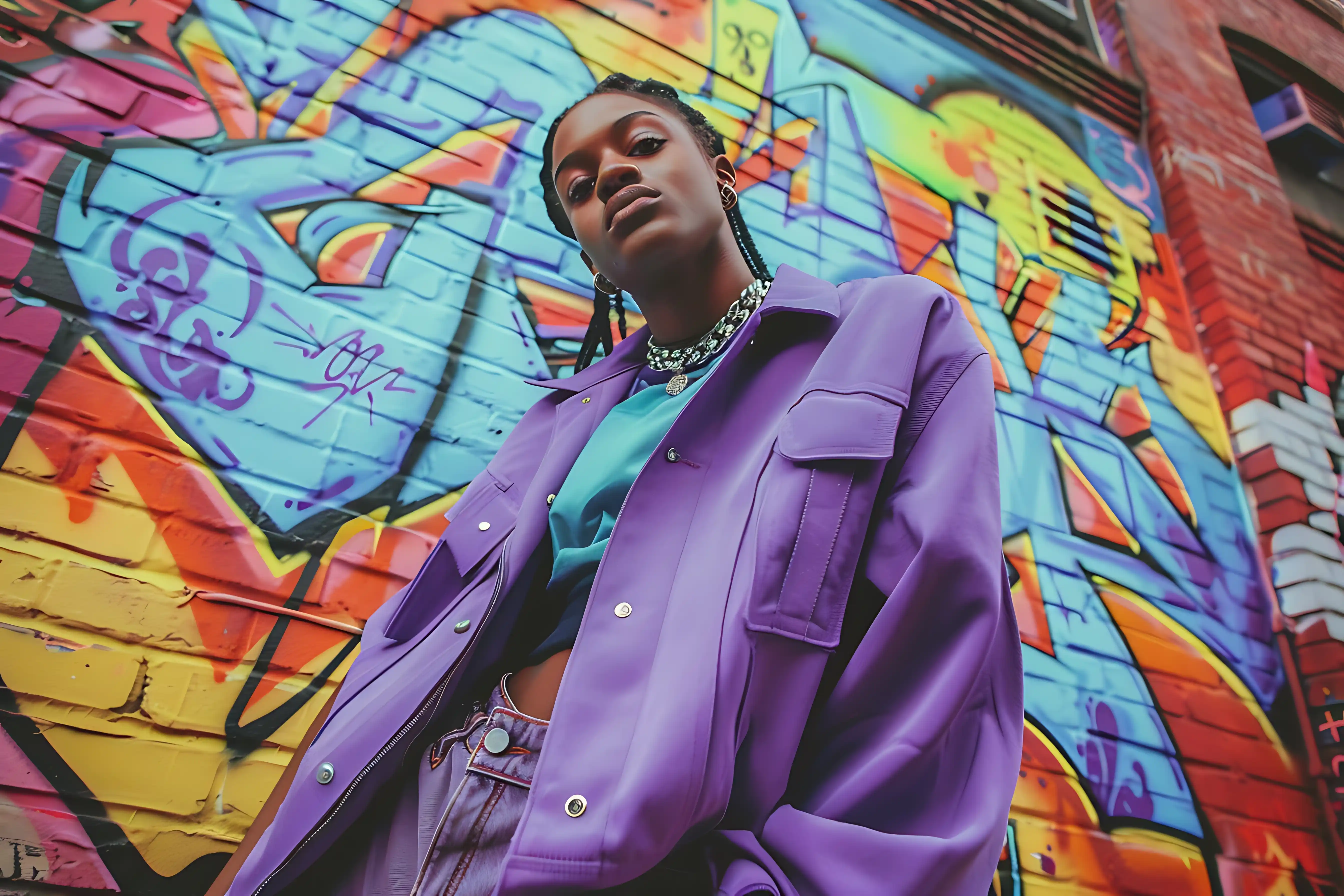Japanese Raw Denim: A Deep Dive into Craftsmanship and Culture
BY BoringMonday
May 08, 2025

Japanese raw denim stands as a testament to meticulous craftsmanship, blending traditional techniques with modern aesthetics. Revered globally, it offers unparalleled quality, durability, and a unique aging process that tells the story of its wearer.
What is Japanese Raw Denim?
Definition
Japanese raw denim refers to unwashed, untreated denim fabric produced in Japan. Known for its deep indigo hue and rigid texture, it evolves uniquely over time, reflecting the lifestyle of its wearer.
Key Characteristics
Selvedge Edges: Crafted on vintage shuttle looms, resulting in tightly woven edges that prevent fraying.
Rope Dyeing: A technique where yarns are repeatedly dipped in indigo, allowing for rich color and distinctive fading patterns.
High-Quality Cotton: Often utilizes premium cotton, such as Zimbabwean or American varieties, ensuring durability and comfort.
The Origins: A Brief History
Post-World War II, Japan began importing American denim, sparking a fascination that led to domestic production. By the 1970s, Japanese mills like Kurabo successfully produced their own denim, with brands such as Big John pioneering the first Japanese-made jeans. This era marked the birth of iconic brands and the establishment of regions like Kojima in Okayama Prefecture as denim hubs.
Top Japanese Raw Denim Brands
1. Samurai Jeans
Founded: 1998
Notable For: Heavyweight denim (up to 25oz) and intricate detailing inspired by Japanese culture.
Highlight: Their commitment to traditional techniques and storytelling through design.
2. Momotaro Jeans
Founded: 2005
Notable For: Signature pink selvedge lines and "Going to Battle" stripes.
Highlight: Emphasis on craftsmanship, offering lifetime warranties on their jeans.
3. Pure Blue Japan
Founded: 1997
Notable For: Unique slub textures and deep indigo shades.
Highlight: Artisanal approach to denim, resulting in distinct fading patterns.
4. Iron Heart
Founded: 2003
Notable For: Ultra-heavyweight denim designed for durability.
Highlight: Combines rugged construction with refined aesthetics.
5. Studio D'Artisan
Founded: 1979
Notable For: Being one of the original "Osaka Five" denim brands.
Highlight: Playful designs and a blend of traditional and modern techniques.
Japanese vs. American Raw Denim
Feature | Japanese Raw Denim | American Raw Denim |
|---|---|---|
Loom Type | Shuttle looms (selvedge focus) | Mix of shuttle & projectile looms |
Dyeing Technique | Rope dyeing (deep indigo) | Typically slasher dyeing |
Texture | Often slubby, irregular | Cleaner, more uniform textures |
Philosophy | Artisanal, story-driven | Rugged, workwear legacy |
The Break-In Journey: First 6 Months
Wearing Japanese raw denim is a ritual:
Expect stiffness in the first few wears
Don’t force creases too early—let them form naturally
Avoid washing unless heavily soiled; spot clean and air regularly
After 6 months, cold soak or hand wash gently to lock in fades
How to Spot Authentic Japanese Denim
Look for red-line or pink-line selvedge inside the seams
Tags often feature Japanese kanji or Kojima references
Inspect stitching and rivet detail—often hand-applied
Trusted brands include names like Momotaro, PBJ, Samurai, and Iron Heart
The Rise of Modern Japanese Denim Startups
Emerging brands are pushing innovation:
TCB Jeans – Affordable heritage-focused jeans
Tanuki Inc. – Embracing AI-designed fades and modern cuts
Japan Blue Jeans – Blending fashion-forward silhouettes with traditional dyeing
These new brands are attracting younger audiences while maintaining heritage principles.
Wisdom from the Community
“Japanese denim isn’t just pants — it’s architecture in motion.”
– Hiroki Nakamura
Where to Buy Japanese Raw Denim
Okayama Denim – Global online store for Japanese brands
Blue in Green NYC – Curated denim shop in Soho
Self Edge – US-based retailer for Iron Heart & Sugar Cane
Boring Monday – Select collection inspired by Japanese silhouettes
The Art of Fading
One of the most cherished aspects of Japanese raw denim is its ability to develop unique fading patterns, known as "honeycombs" behind the knees and "whiskers" around the thighs. These patterns emerge over time, influenced by the wearer's movements and habits, making each pair truly one-of-a-kind.
Kojima: The Denim Capital
Located in Okayama Prefecture, Kojima is often referred to as the "Denim Capital" of Japan. Home to numerous denim brands and workshops, it's a pilgrimage site for denim enthusiasts worldwide. The region's dedication to quality and tradition has solidified its reputation in the global fashion industry.
Caring for Your Japanese Raw Denim
Initial Wear: Wear your jeans regularly for several months before the first wash to develop personalized fades.
Washing: Hand wash in cold water with mild detergent. Avoid machine washing to preserve the fabric's integrity.
Drying: Air dry in the shade to prevent shrinkage and maintain color.
Japanese raw denim embodies a harmonious blend of tradition, craftsmanship, and personal expression. Investing in a pair means embracing a journey where the fabric evolves with you, telling a story that's uniquely yours.
For further inquiries or to explore our curated selection of Japanese raw denim, feel free to contact us.
Topics :
Style Meets Substance
Find pieces that move with you. Every article has a story — now wear one that speaks yours.

Recommendation Fashion

Fashion
Japanese Selvedge Denim: Where Craft Meets Streetwear
June 04, 2025

Fashion
Tokyo Fashion Week Street Style: Capturing the Essence of Urban Fashion
March 15, 2025

Fashion
Retro Streetwear: Old-School Cool for a New Era
June 16, 2025

Fashion
Elevate Your Look: The Ultimate Men’s Urban Streetwear Guide
June 10, 2025